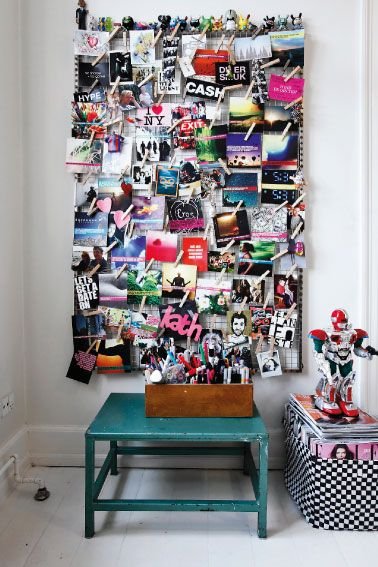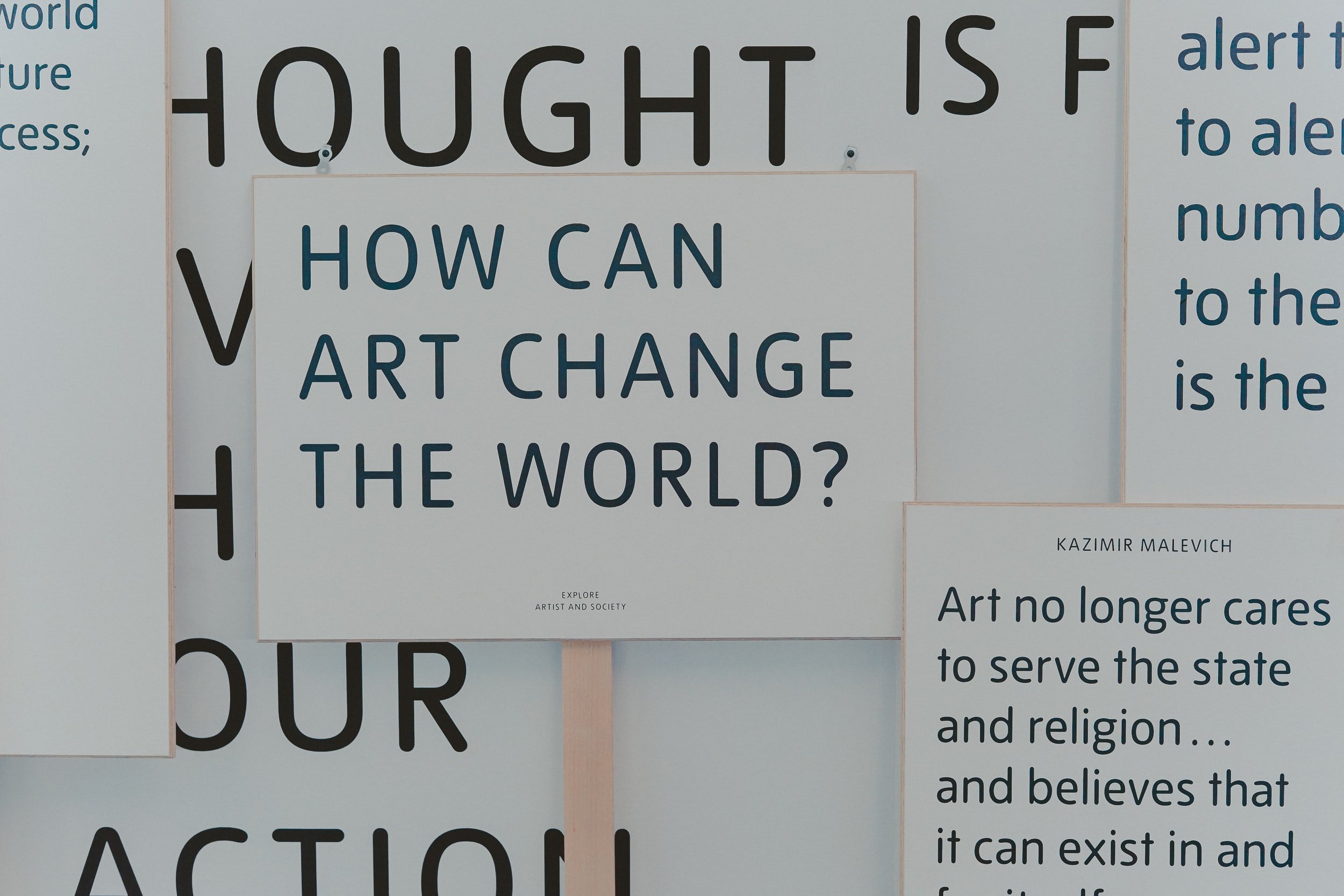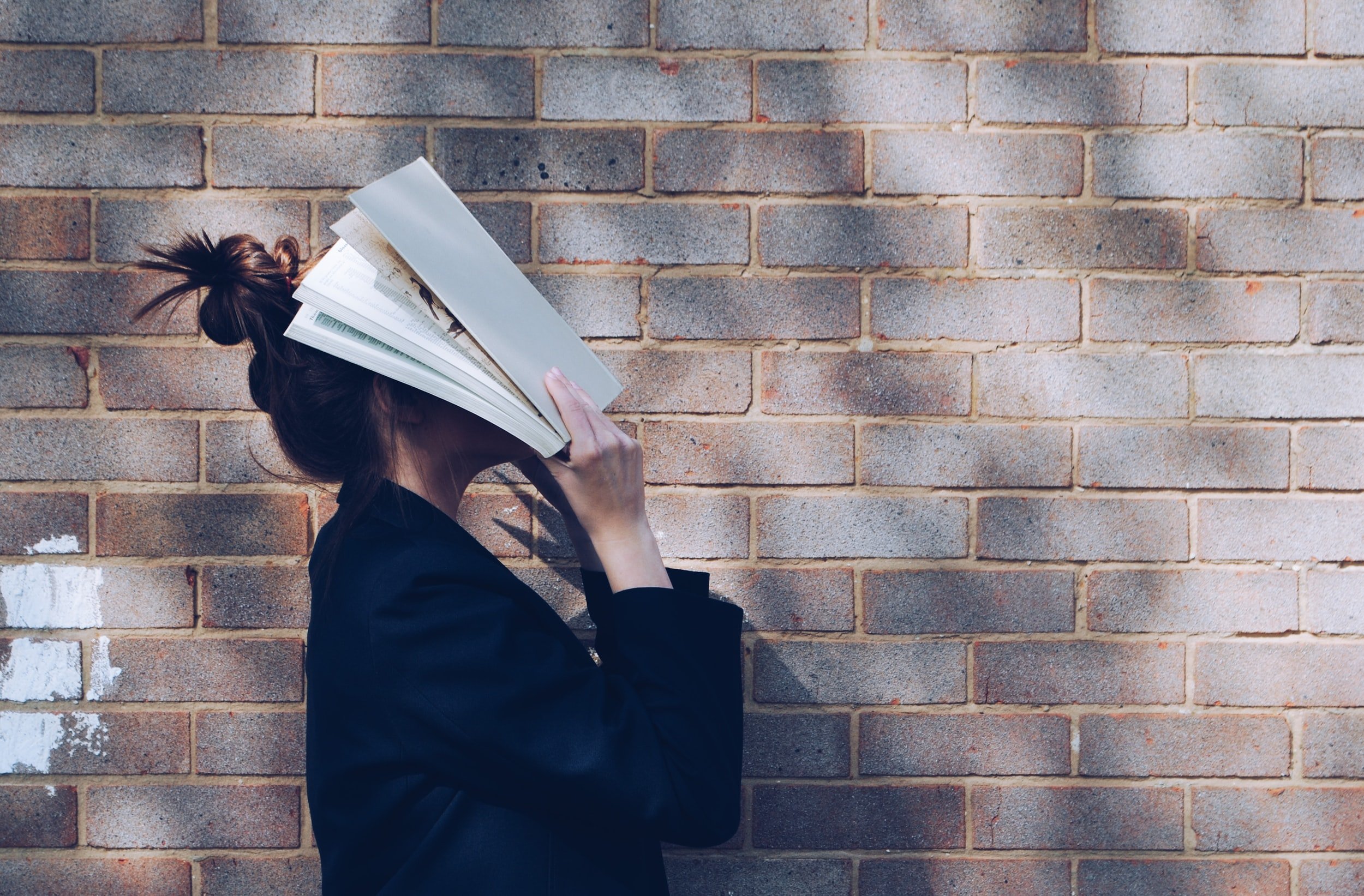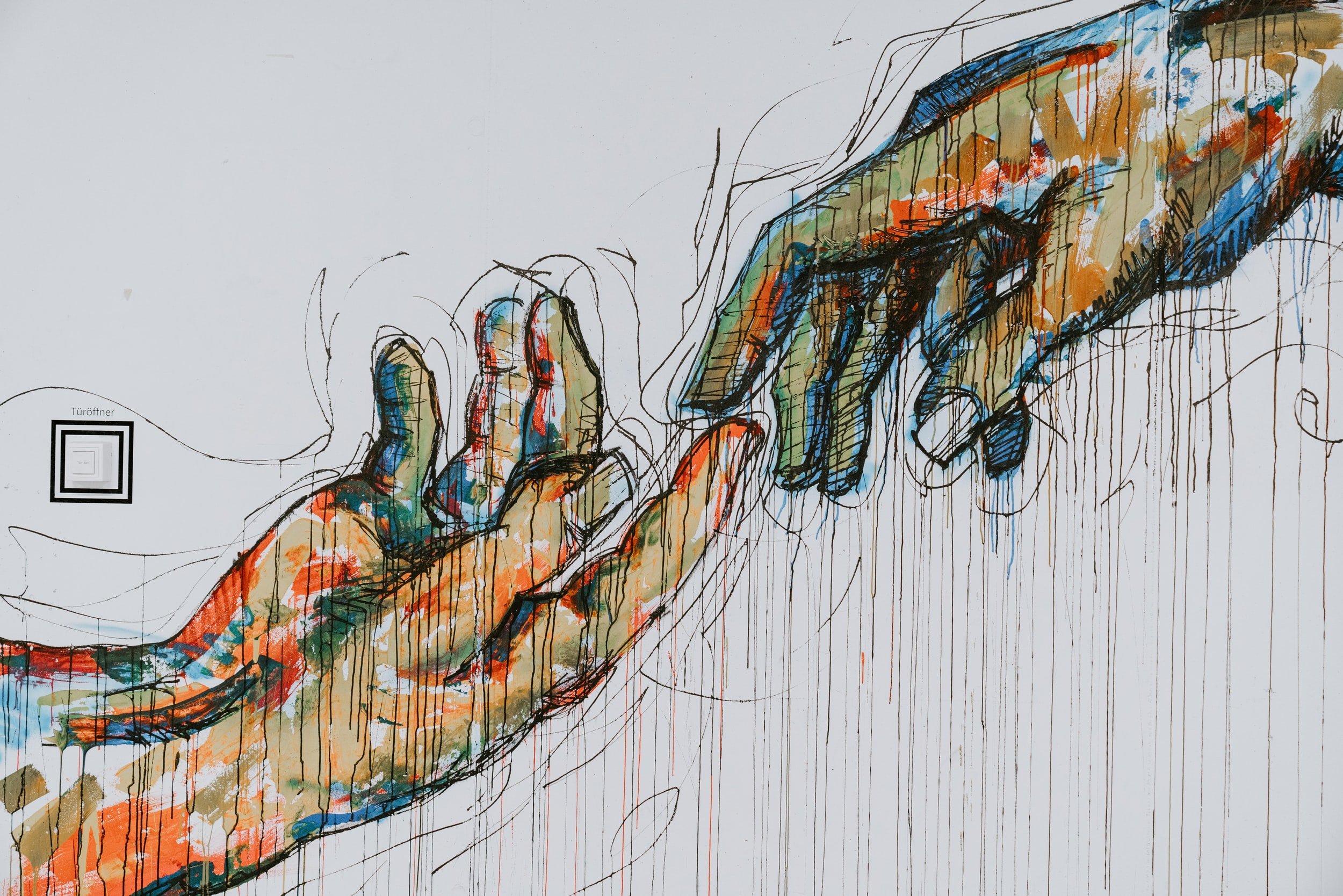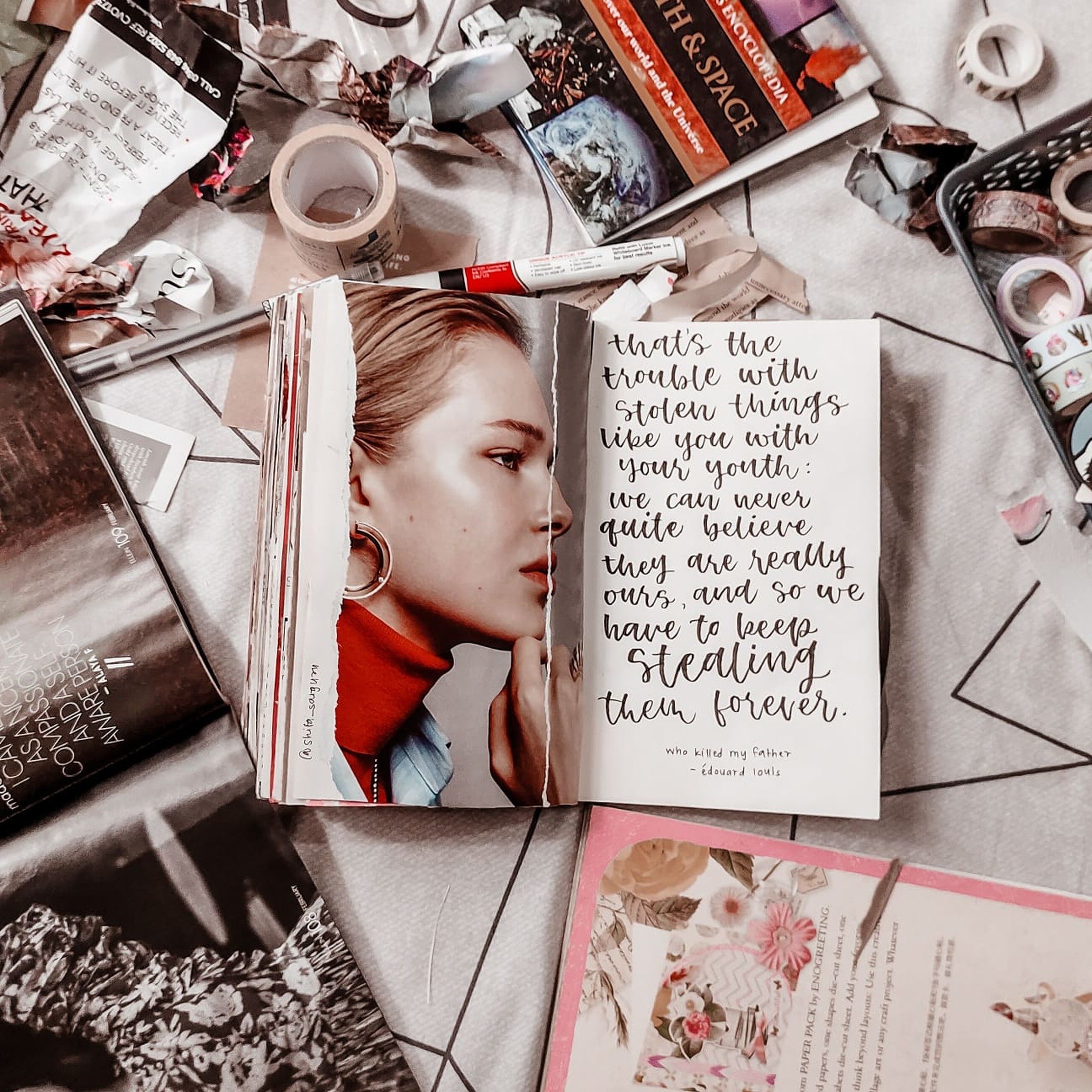
THE ART JOURNAL
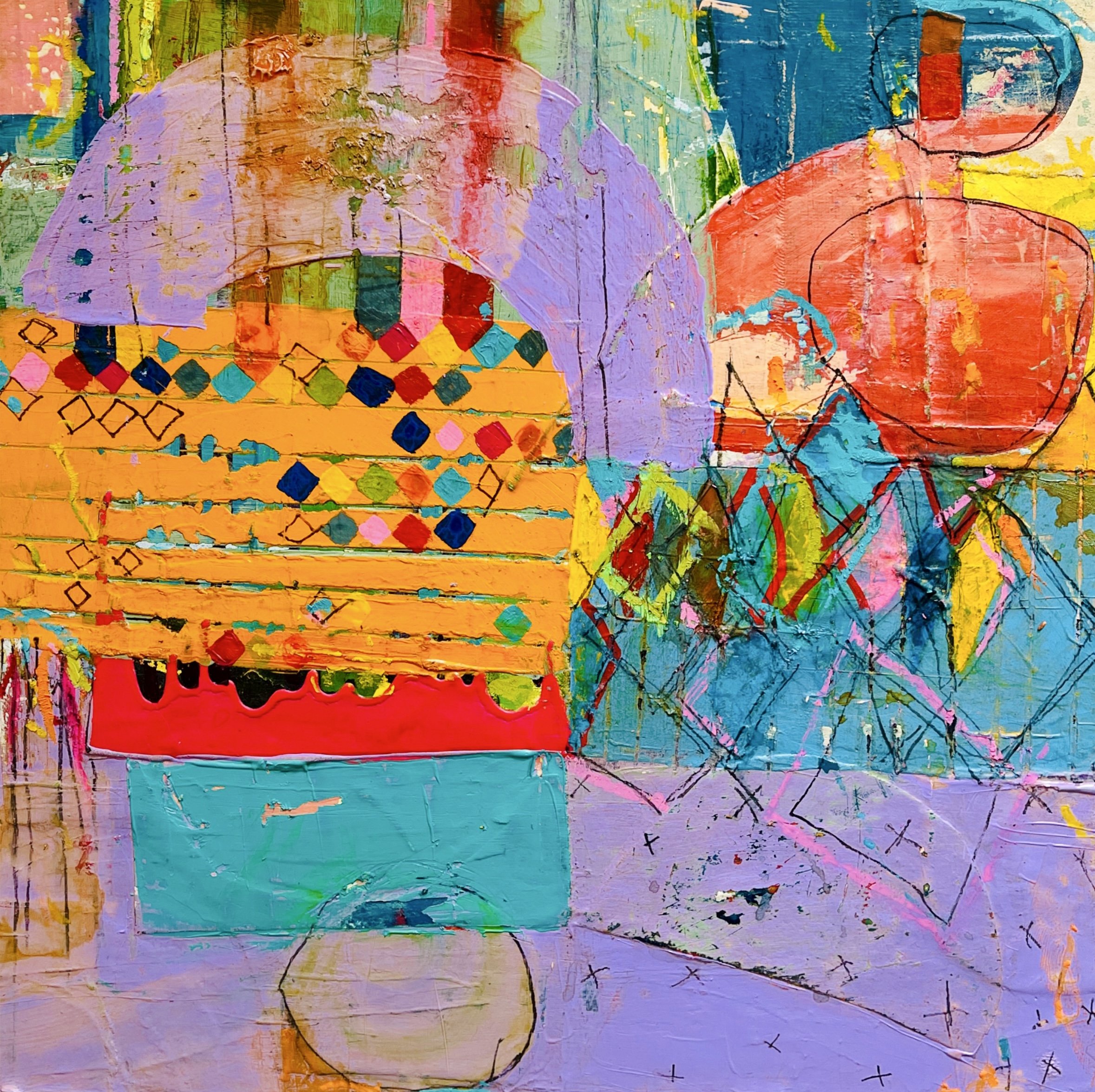
Crafting Cohesion: How to Create and Utilize A Mood Board
Creating a mood board is a transformative and foundational step in capturing and communicating the emotional and aesthetic resonance of a project. By embracing a dynamic and exploratory approach, curating a cohesive visual narrative, and fostering a spirit of thematic depth and resonance, you craft a visual tool that captures the aspirational essence of your creative inspiration and vision.
Time Away: Creative Rest and Reset
The creative process is characterized by a rhythm of activity and rest, where periods of busyness are balanced by necessary pauses for reflection, inspiration, and rejuvenation. Let’s explore the importance and benefits of taking creative breaks away from your work, remembering that there is a transformative and essential nature of rest in nurturing creativity.
10 Easy Ways to Spark Your Creativity Now
Have your creative ideas stopped coming as frequently? Unfortunately, it happens to the best of us. Here are ten ways to get out of a creative rut:
Is making art selfish?
If you google this question, the answers are varied and pretty dramatic. Looking at the results, I thought, are there really that many people who think being an artist is self-serving or selfish, and why? Why are there so many articles written by artists who agree that artists are selfish?
How do you know when to stop? The essential elements of a finished piece.
One of the most common questions I get asked in classes or open studio tours is, how do you know when a painting is complete? I usually explain that knowing when a painting is done is an individual process, but knowing when to stop is more challenging when you are a beginner. But that's just part of art-making.
10 books every artist must-read, then read again
I have been reading books on art and creativity since high school. I've always felt drawn to all different kinds of artists and the stories of their processes and practices.
When I started my career as a fine artist, I finally understood the immense value these books have. Their words and honesty have helped my creative mindset on days when I feel all over the place.
For The Perfectionist: Blind Contour Drawing Exercises
There is a reason why so many students must sit through hours of blind contour exercises in school. The practice helps you look at your drawing for simply what it is without trying to see your way through it because you can't see. You can't look at the paper at all. It's a sensory experience, like kissing with your eyes closed or reaching your hand into the box to guess what a surprise hidden object might be. Other senses connect the dots; parts of your brain start to fire and connect left-to-right, right-to-left.
why you should be using an artist inspiration journal
Artists have kept some form of a journal for as long as they have been creating art. Journals help artists sort through all their ideas and get specific about the subjects, styles, techniques, etc., that they are interested in developing or simply for visual inspiration. I want to share one of my best-kept secrets for helping develop my artistic voice, an artist inspiration journal.






